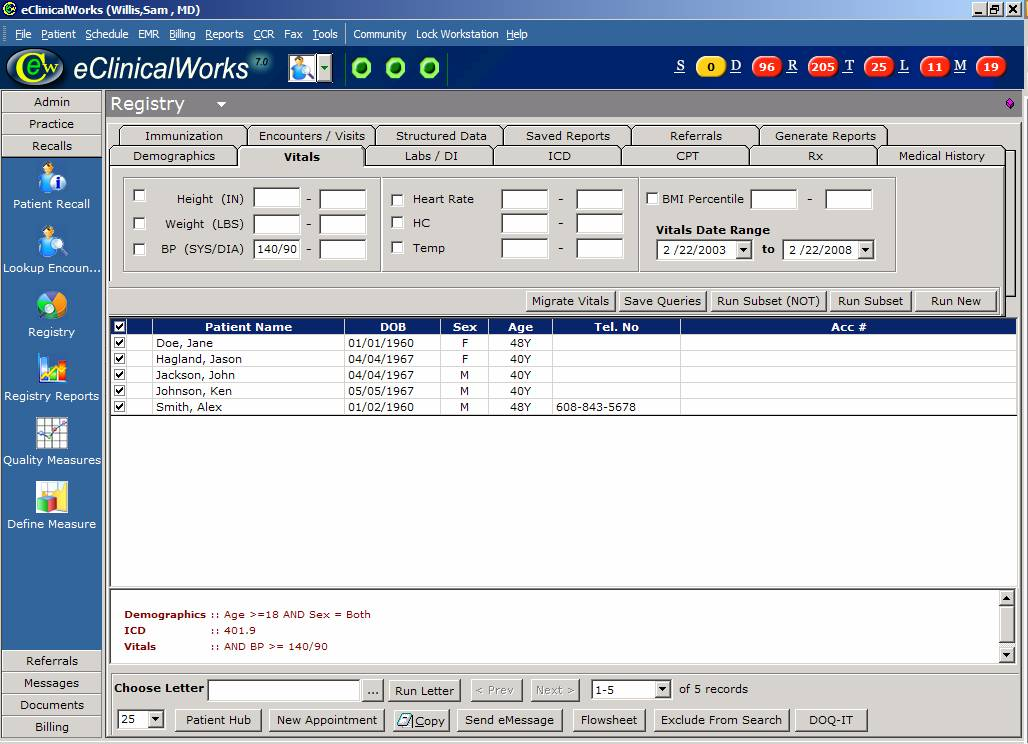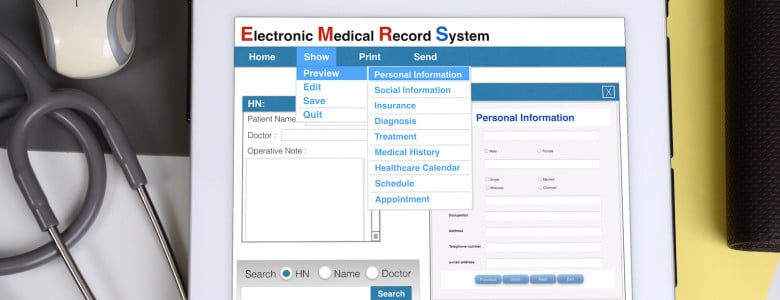


Rates of adverse events (medical error, all types) /patient day (inpatients), and trending over a 12-month period.
Analytics governance actively assesses outcomes data for needed changes, available in a common repository. ELECTRONIC MEDICAL RECORDS TRAINING IN HOUSTON UPDATE
Patients can submit self-reported outcomes data and are able to update their personal health status data online (e.g., medication compliance, self-risk assessment, upload medically relevant images), and report progress with care pathways or therapies (e.g., patients can document that they performed the prescribed or recommended action). Patients are able to access a subset of clinical data: Discharge status, education.
Patient satisfaction is measured using automated digital tools (e.g., devices, apps, web based portal) to profile the patient experience during hospitalization. HIE enables Structured or Coded Data from external sources to be integrated into the Clinical Data Repository, an icon is used to indicate external data is available for clinician teams. The EMRAM guides the organization in policymaking for the appropriate use of the data the EMR stores and the level of access available to clinician teams and others within the organization.  Secure Data - Effective hospital policies and governance for data security are critical components of a successful EMR implementation. The EMRAM ensures the workflow and content in the digital tool meets the needs of the clinical teams while monitoring compliance with approved standards. Support Clinicians - An effective EMR is one that is designed for the distinct uses of the clinicians who work with it. Enhance care delivery by having the right information at the right time for both the patient and the clinician. Increase Patient Satisfaction - Reduce time and errors in care delivery and see increased patient satisfaction.
Secure Data - Effective hospital policies and governance for data security are critical components of a successful EMR implementation. The EMRAM ensures the workflow and content in the digital tool meets the needs of the clinical teams while monitoring compliance with approved standards. Support Clinicians - An effective EMR is one that is designed for the distinct uses of the clinicians who work with it. Enhance care delivery by having the right information at the right time for both the patient and the clinician. Increase Patient Satisfaction - Reduce time and errors in care delivery and see increased patient satisfaction.  Improve Patient Safety - Evaluate and improve patient safety at your acute facilities by optimizing your EMR implementation to provide access to critical information when and where clinicians need it. Leveraging information digitally improves patient safety and clinician satisfaction by reducing errors in care, length of stay for patients and duplicated care orders, and streamlining the access and use of data to inform care delivery. Measuring evidence-based data at each stage, organizations use EMRAM to optimize digital work environments, improve performance and financial sustainability, build a sustainable workforce, and support an exceptional patient experience. EMRAM scores hospitals around the world relative to their digital maturity, providing a detailed road map to ease adoption and begin a digital transformation journey towards aspirational outcomes. The internationally applicable EMRAM incorporates methodology and algorithms to score a whole hospital, including inpatient, outpatient and day case services provided on the hospital campus. The HIMSS Electronic Medical Record Adoption Model (EMRAM) measures clinical outcomes, patient engagement and clinician use of EMR technology to strengthen organizational performance and health outcomes across patient populations. Electronic Medical Record Adoption Model (EMRAM)
Improve Patient Safety - Evaluate and improve patient safety at your acute facilities by optimizing your EMR implementation to provide access to critical information when and where clinicians need it. Leveraging information digitally improves patient safety and clinician satisfaction by reducing errors in care, length of stay for patients and duplicated care orders, and streamlining the access and use of data to inform care delivery. Measuring evidence-based data at each stage, organizations use EMRAM to optimize digital work environments, improve performance and financial sustainability, build a sustainable workforce, and support an exceptional patient experience. EMRAM scores hospitals around the world relative to their digital maturity, providing a detailed road map to ease adoption and begin a digital transformation journey towards aspirational outcomes. The internationally applicable EMRAM incorporates methodology and algorithms to score a whole hospital, including inpatient, outpatient and day case services provided on the hospital campus. The HIMSS Electronic Medical Record Adoption Model (EMRAM) measures clinical outcomes, patient engagement and clinician use of EMR technology to strengthen organizational performance and health outcomes across patient populations. Electronic Medical Record Adoption Model (EMRAM)








 0 kommentar(er)
0 kommentar(er)
